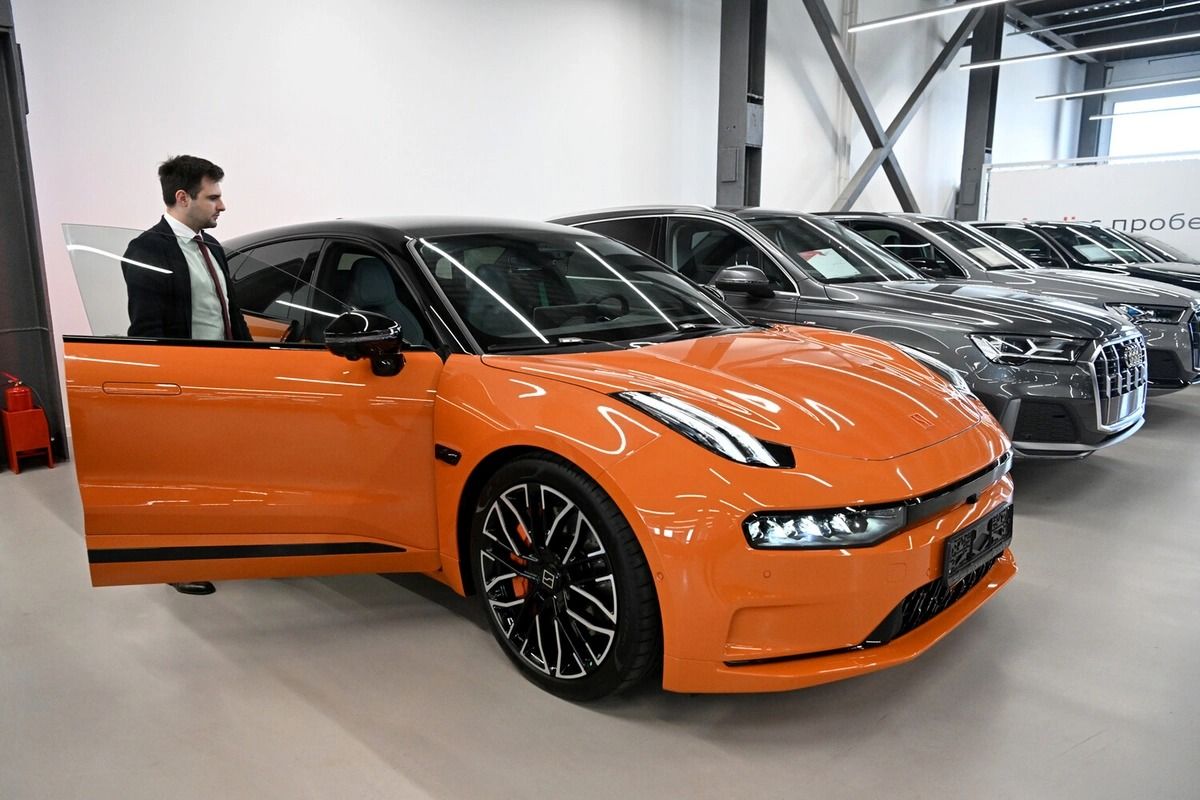By Alimat Aliyeva
One of the common issues with Chinese cars is technical problems with their engines, particularly related to design flaws and reliability. This was highlighted by Russian automotive expert Alexander Korotkov in a recent interview, Azernews reports.
Korotkov pointed out a specific example: the JLH-3G15TD three-cylinder engine, which was installed in the Geely Coolray models produced from 2019 to 2023. The manufacturer had increased the engine’s power beyond its original design specifications. However, the engine was still designed to run on 92-octane gasoline, which led to the accumulation of carbon deposits on the valves. "Given the engine’s design, issues like this can start to appear even with mileage as low as 120,000 kilometers," Korotkov explained.
In addition to engine issues, Korotkov also highlighted concerns about the paintwork and corrosion protection of Chinese cars. He noted that many Chinese automakers often cut costs by skipping full galvanization on body parts, which is particularly problematic in harsher climates like Russia's. "For example, the Chery Tiggo 4 lacks galvanization on the trunk, roof, undercarriage, and wheel arches. These areas collect road salts and reagents during winter, leading to peeling paint and corrosion after just one season," he said.
Korotkov also pointed out that the heavy reliance on electronics in Chinese cars doesn’t always translate into reliability. He recalled several high-profile failures in February 2025, when a surge in atmospheric pressure caused system malfunctions in various models. "Electrical failures are most common in winter months. For instance, the Haval F7x often shows false error messages related to the all-wheel drive system and tire pressure sensors, despite the components functioning normally. These issues typically appear when the car has between 50,000 and 100,000 kilometers on the odometer," Korotkov added.
Korotkov also mentioned that while the overall quality of Chinese vehicles has improved in recent years, there are still ongoing concerns. The rapid pace of development within the Chinese automotive industry means that manufacturers often prioritize innovation and cost efficiency over long-term durability. This approach could lead to future reliability issues if not addressed properly.
The rise of Chinese car brands, particularly in international markets, reflects the growing competition in the automotive industry. However, for these companies to continue expanding globally, experts argue that improving the reliability of key components like engines and corrosion protection will be crucial. The durability of the electronics in these vehicles, especially in extreme weather conditions, will also be a key factor in their long-term success.

